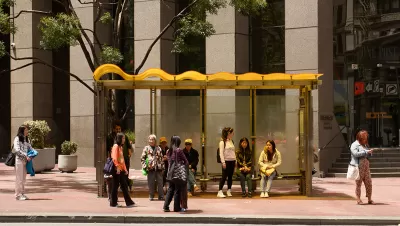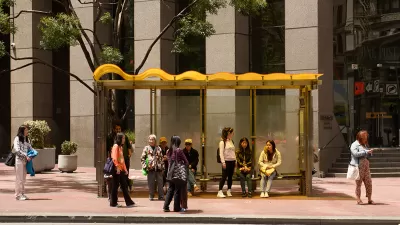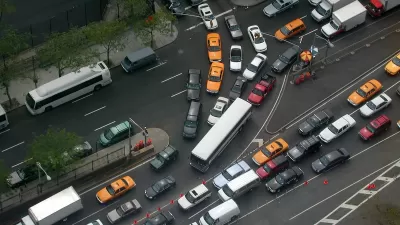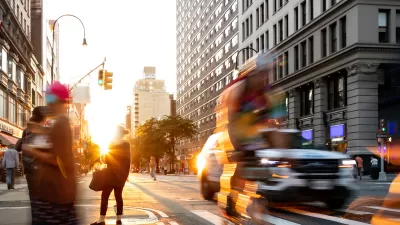Transit-dependent neighborhoods can be found in almost all major U.S. cities, according to a new analysis of Census data.

A recent analysis from Chris Winters found that in almost every major U.S. city–even the most car-dependent ones–a segment of the population lives without private cars, signaling a need for improved public transit in these neighborhoods. "In a whopping 1,660 census tracts, more than 50 percent of occupied households were carless." As Kea Wilson writes, "tracts with light rail lines tended to have higher concentrations of households without automobiles, though in some cities, like Baltimore, some of the most heavily transit-dependent areas weren’t being served by rail at all — consistent with recent research that shows that local transportation leaders are failing to prioritize convenient shared options for the Charm City residents who need them most." In other cities, "car-light neighborhoods were more heavily associated with concentrated poverty than robust transit investment."
"Winters acknowledges that truly auto-light havens are still few and far between in the United States, noting that there are only 350 census tracts across America where more than 75 percent of households are living without a car — and the vast majority of them (312) are located in his transit-rich New York City." Winters concludes that "even the most car-dependent communities likely have more demand for transit than their leaders are answering, and not always in the neighborhoods they might assume."
FULL STORY: U.S. Has More Car-Free Areas Than You Think

Planetizen Federal Action Tracker
A weekly monitor of how Trump’s orders and actions are impacting planners and planning in America.

Map: Where Senate Republicans Want to Sell Your Public Lands
For public land advocates, the Senate Republicans’ proposal to sell millions of acres of public land in the West is “the biggest fight of their careers.”

Restaurant Patios Were a Pandemic Win — Why Were They so Hard to Keep?
Social distancing requirements and changes in travel patterns prompted cities to pilot new uses for street and sidewalk space. Then it got complicated.

California Homeless Arrests, Citations Spike After Ruling
An investigation reveals that anti-homeless actions increased up to 500% after Grants Pass v. Johnson — even in cities claiming no policy change.

Albuquerque Route 66 Motels Become Affordable Housing
A $4 million city fund is incentivizing developers to breathe new life into derelict midcentury motels.

DC Area County Eliminates Bus Fares
Montgomery County joins a growing trend of making transit free.
Urban Design for Planners 1: Software Tools
This six-course series explores essential urban design concepts using open source software and equips planners with the tools they need to participate fully in the urban design process.
Planning for Universal Design
Learn the tools for implementing Universal Design in planning regulations.
Heyer Gruel & Associates PA
JM Goldson LLC
Custer County Colorado
City of Camden Redevelopment Agency
City of Astoria
Transportation Research & Education Center (TREC) at Portland State University
Camden Redevelopment Agency
City of Claremont
Municipality of Princeton (NJ)





























